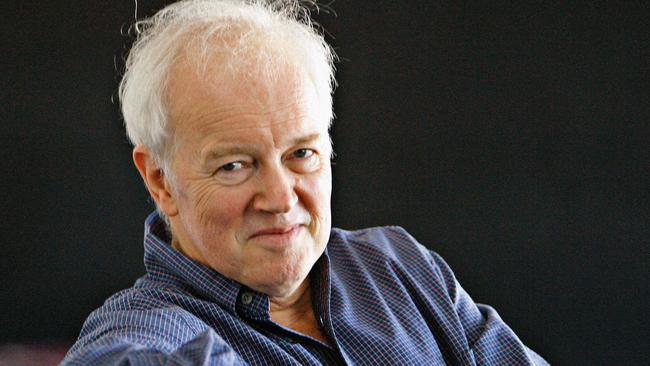SSO’s mighty team effort brings joy
ALTHOUGH billed as Ode to Joy, Edo de Waart’s return here to conduct Beethoven’s Choral Symphony could equally have been tagged “Ode to Teamwork”.

Wentworth Courier
Don't miss out on the headlines from Wentworth Courier. Followed categories will be added to My News.
- Long-awaited return of a maestro
- Powerful songs set sail for Omega
- ASQ mix old with the new
- Borodins on their home ground
ALTHOUGH billed as Ode to Joy, Edo de Waart’s latest return to Australia, to conduct Sydney Symphony Orchestra in a performance of Beethoven’s Choral Symphony, could equally have been tagged “Ode to Teamwork”.
The band was in terrific form and the 77-year-old Dutch master’s placement of the sections for the opening work, Haydn’s London Symphony — his 104th and last — emphasised the beautiful interchanges between woodwind and strings and gave the work an airy and transparent feeling, pinpointing the subtle textures beneath the bombast of the brass fanfare.
Similarly for the main work of the night the four solo vocalists — and what a crack team they were — were behind the orchestra on a raised dais instead of stage front as is customary. This worked a treat, adding cohesion to the ensemble passages with the 120 voices of the Sydney Philharmonia Choirs behind them.
And there was teamwork from the stage hands, working with swift efficiency at interval arranging chairs and music stands for the transition from the chamber-like proportions of a Haydn orchestra to Beethoven’s massed forces.
It’s easy for the final movement to become swamped in a wall of sound unless the conductor keeps an eagle eye on proceedings, and in de Waart we have one of the best
These include a huge string section, five horns, three trombones, two trumpets and doubled woodwinds — including the all-important contrabassoon which provides the locomotive power for the tenor’s infamous drunken soldier’s song with its poke at militarism.
With all this, four soloists and a choir, it’s easy for the final movement to become swamped in a wall of sound unless the conductor keeps an eagle eye on proceedings, and in de Waart we have one of the best of his generation.
The SSO is an orchestra he knows well, having been its chief conductor from 1994 to 2003, and led by Andrew Haveron they were on fire in the first three movements and the great double fugue in the middle of Beethoven’s setting of Schiller’s poem about freedom, equality and brotherhood.
The soloists — US soprano Amanda Majeski, Australian mezzo Caitlin Hulcup, English tenor Kim Bagley and Chinese baritone Sehnyang — were as fine a group as I have heard performing this work.
DETAILS
● CONCERT: Sydney Symphony Ode To Joy
● WHERE: Sydney Opera House Concert Hall
● WHEN: Friday, October 26, 2018
